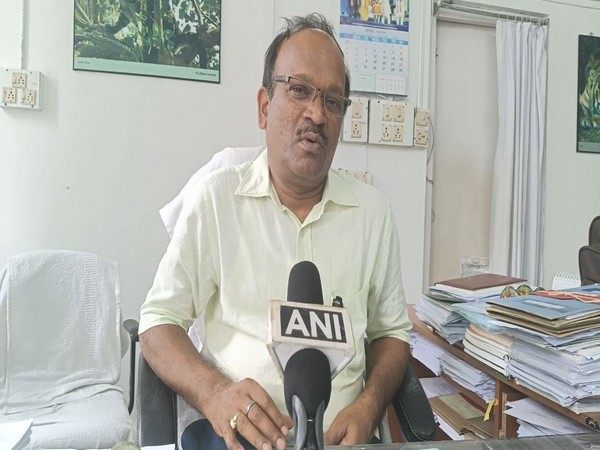Agartala (Tripura) [India], June 30 (ANI): The forest administration of Trishna Wildlife Sanctuary has made concerted efforts to protect the natural habitat and use healthy fodder to increase the number of Bison in Tripura.
A multi-pronged initiative has been undertaken by the Tripura administration to make sure that the population of vulnerable animals, as per the IUCN (International Union for Conservation of Nature) Red List, can be increased.
“Recent sightings of some calves have indicated that the exotic animal enlisted as vulnerable in the IUCN (International Union for Conservation of Nature) red list is reproducing in Tripura’s Bison National Park. Popularly known as Trishna Wildlife Sanctuary, the place in South Tripura district is the house of two distinct races of animals,” Chief Wildlife Warden of Tripura, RK Samal, told ANI.
Speaking to ANI, Samal said, “A multi-pronged initiative was undertaken to make sure that the population of the animal could see a rise. The whole habitat was fenced to ensure that other domesticated animals couldn’t enter the territory. Apart from that, we have planted grass and a special type of bamboo, which the Bisons eat to fulfil their nutritional needs. Moreover, we are also giving salt and vitamins to the animals so that they can breed naturally.”
On the total population, Samal asserted, “In February 2024, a census was conducted but the report has yet to reach us. But sightings of new calves have increased lately. Around four to five new calves were sighted in the sanctuary, which gives us hope that the Bisons are happily reproducing in their natural habitat.”
Highlighting the population of Bisons, he said, “As per the previous survey, the total population of Bisons in two sites stands at 136. In Trishna Wildlife Sanctuary, the total population was recorded to be 100, while in Bairavnagar Conservation Reserve, the total population was 36.”
“The races of Bisons living in these two places are different from each other. The Bisons of Trishna Sanctuary are darker and taller, while the Bisons of Bhairavnagar are shorter in size. This is an important corridor as well. We hope the Bisons of both protected areas will mix with each other and reproduce more calves in the future,” said Samal. (ANI)
Disclaimer: This story is auto-generated from a syndicated feed of ANI; only the image & headline may have been reworked by News Services Division of World News Network Inc Ltd and Palghar News and Pune News and World News
HINDI, MARATHI, GUJARATI, TAMIL, TELUGU, BENGALI, KANNADA, ORIYA, PUNJABI, URDU, MALAYALAM
For more details and packages
















